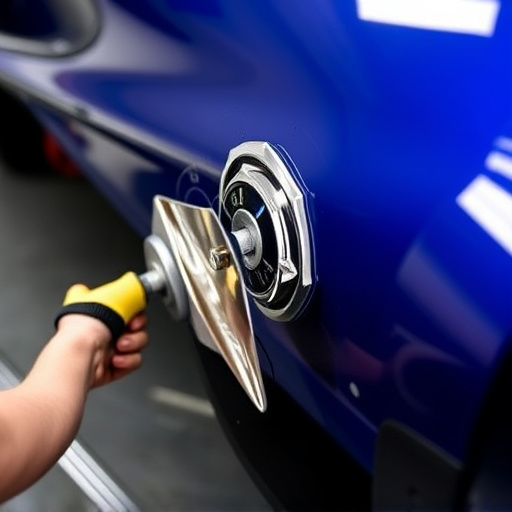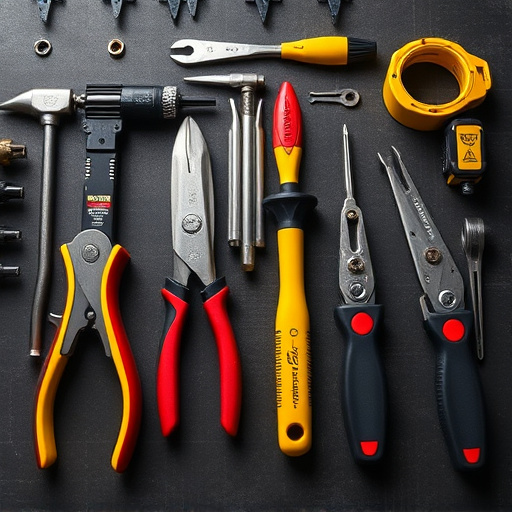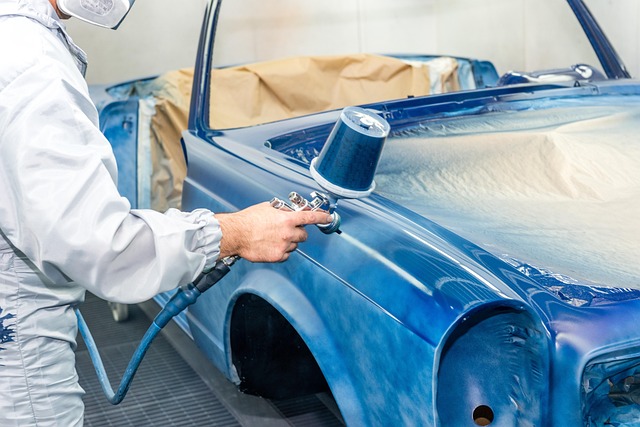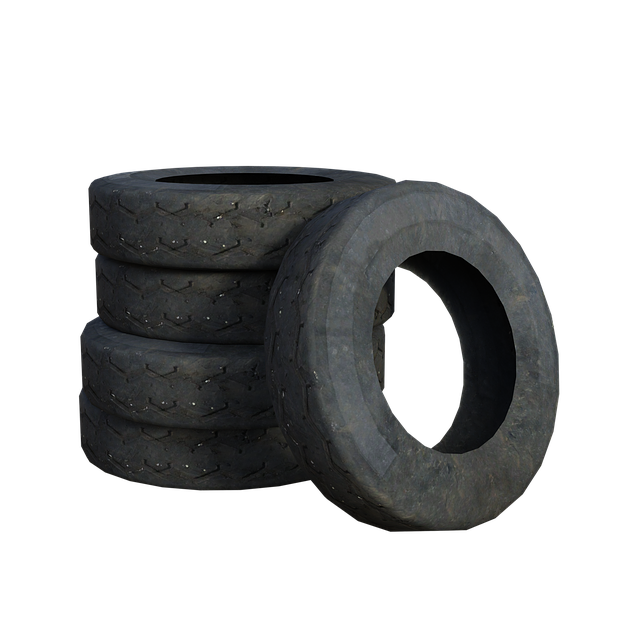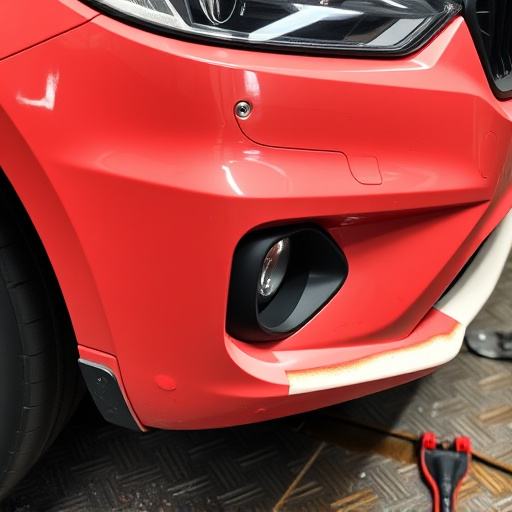Evaluating and approving direct repair applications is key to maintaining the efficiency of the direct repair program for brands like Mercedes Benz. This process ensures structural integrity, safety, and cost-effectiveness in car collision repairs, with thorough reviews focusing on damage extent, vehicle eligibility, and adherence to authorized services and guidelines. Auto repair service providers must understand approval criteria and potential rejections to stay eligible, using genuine parts, strict protocols, and complying with safety regulations. Efficient management through digital tools streamlines processes, reduces turnaround times, and enhances customer satisfaction, fostering positive experiences for customers and insurance providers.
“Uncertainty surrounding pending direct repair applications can hinder efficient vehicle maintenance. This article guides you through crucial next steps, starting with a comprehensive evaluation of these applications. We delve into the approval criteria and common rejections, offering insights to streamline the process. Additionally, we explore strategies for efficient management, ensuring seamless repairs and claims, ultimately fostering a smoother experience within the direct repair program.”
- Evaluating Pending Applications: A Comprehensive Look
- Understanding Approval Criteria and Rejections
- Efficient Management for Smooth Repairs and Claims
Evaluating Pending Applications: A Comprehensive Look
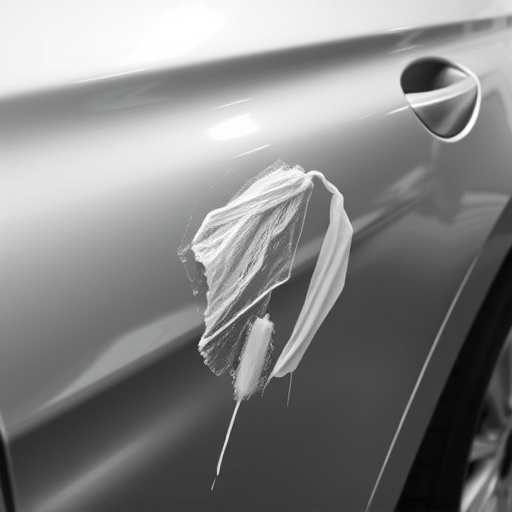
Evaluating pending direct repair applications is a crucial step in ensuring the efficiency and effectiveness of the entire process. The direct repair program aims to streamline car collision repairs, offering owners convenient and cost-effective solutions. However, each application requires thorough scrutiny to confirm eligibility and ensure compliance with the program’s guidelines. This comprehensive review involves verifying the extent of damage, checking that the vehicle meets age and condition criteria, and confirming that the proposed repairs align with the direct repair services offered by authorized providers.
For instance, in the case of Mercedes Benz repair, as with any other vehicle, the focus should be on assessing the structural integrity and overall safety of the car. This meticulous evaluation is key to making informed decisions, ensuring customer satisfaction, and promoting the reliability of collision repair services. By closely examining each application, administrators can maintain the high standards expected within the collision repair industry.
Understanding Approval Criteria and Rejections

When navigating the direct repair program (DRP) process, understanding the approval criteria and potential rejections is pivotal for auto repair service providers. DRP participation requires adherence to specific standards set by insurance companies or vehicle manufacturers, focusing on quality assurance and cost-effectiveness. These criteria may include the use of genuine parts, adherence to strict repair protocols, and compliance with safety regulations, especially in services like tire repairs and car paint repairs.
Rejections often occur when auto repair shops fail to meet these standards. For instance, using subpar parts or deviating from approved repair procedures can result in claim denials. It’s crucial for providers to stay updated on DRP guidelines and continuously enhance their training programs to ensure every repair meets the required specifications. This involves mastering not just car paint repair but also tire services, among other specialized auto repair services, to maintain DRP eligibility and customer satisfaction.
Efficient Management for Smooth Repairs and Claims
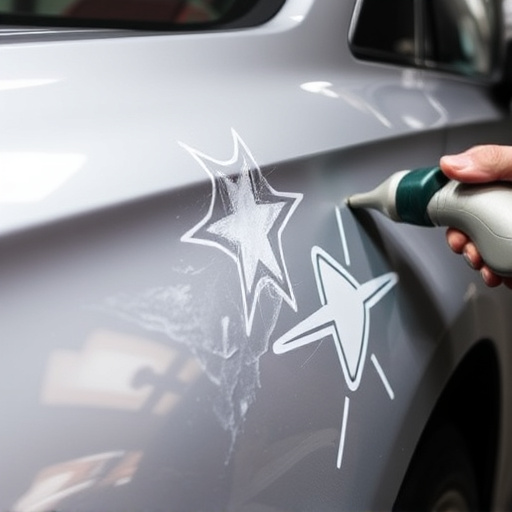
Efficient management is key to ensuring smooth repairs and claims processes for any business involved in the direct repair program. Auto repair shops must implement streamlined systems to handle an influx of vehicle repair requests, especially as demand increases with more cars needing bodywork services. A well-organized approach can significantly reduce turnaround times and improve customer satisfaction.
By adopting digital tools and platforms, auto repair shops can automate many aspects of the claims process. This includes tracking repairs, managing documentation, and communicating updates to both customers and insurance providers. Such strategies ensure that every step of the vehicle repair journey is transparent and efficient, fostering a positive experience for all parties involved.
As we’ve explored the intricacies of pending direct repair applications, it’s clear that efficient management is key to ensuring smooth repairs and claims. By thoroughly evaluating applications, understanding approval criteria, and adopting streamlined processes, businesses can optimize their participation in the direct repair program. This approach not only enhances customer satisfaction but also fosters a more robust and responsive service ecosystem.
